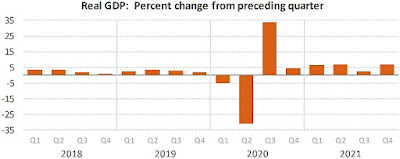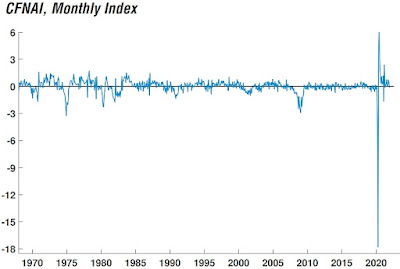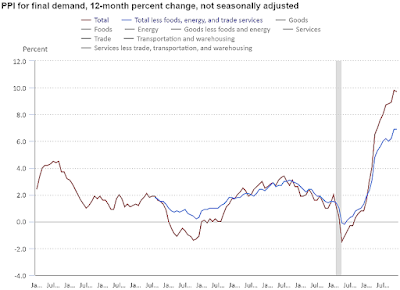Employment Cost Index for Q4, 2021
Predicted: +0.9%
Actual: +1.0%
- Reading from previous quarter: +1.3%
- Change from 12 months previous (Y/Y): +4.0%
The yellow-highlighter figure represents the seasonally adjusted, quarter-to-quarter change for the ECI, which is the Labor Department's broadest measure of employee-compensation costs, and includes wages, salaries and benefits.
==================
- Wages and Salaries: +1.1%
- Change from 12 months previous (Y/Y): +4.5%
==================
- Benefits: +0.9%
- Change from 12 months previous (Y/Y): +2.8%
==================
From the Labor Department website:
"...The Employment Cost Index (ECI) measures the change in the cost of labor, free from the influence of employment shifts among occupations and industries..."
==================
==================
Labels: benefits, employment, Employment_Cost_Index, hard_data, inflation, jobs, labor, labor_cost, wages
|
--> www.FedPrimeRate.com Privacy Policy <--
> SITEMAP < |



















